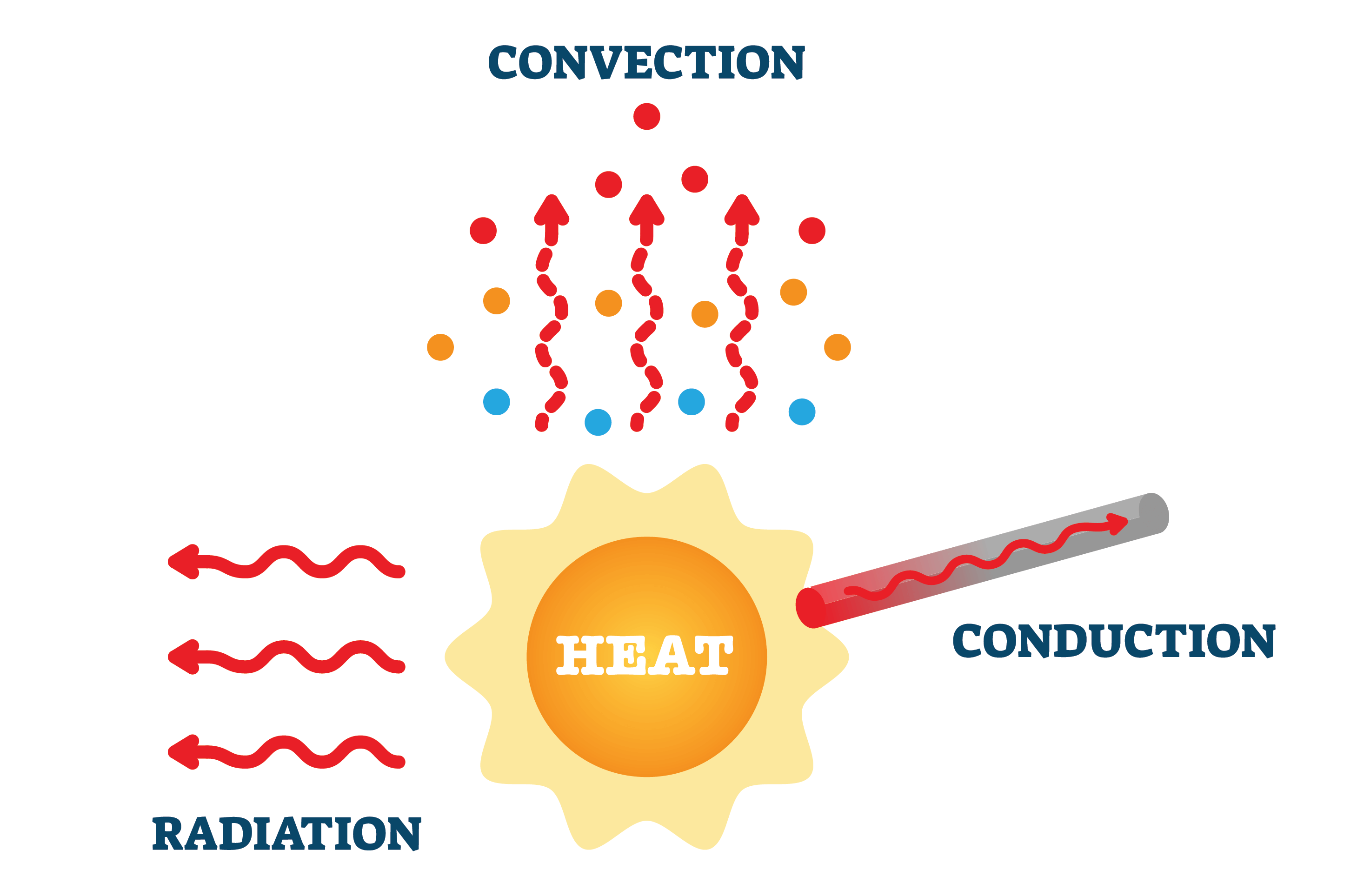There is nothing like a soothing fireplace that warms the mood on cold winter evenings! But how do you prevent a beautiful evening from escalating into a fire in your home? You must first know the type of device used and how it transmits heat. This information will go a long way in helping you reduce the risk of fire.
There are three main types of wood-burning appliances: the wood stove, the masonry fireplace and the factory-built fireplace.

The wood stoves installed in our residences are generally certified, meaning that they have been subjected to laboratory tests to establish their proper functioning, their specific characteristics in terms of heat production and the necessary clearance between the appliance and combustible materials. The certification also ensures the appliances’ operational safety and establishes installation requirements.
The masonry fireplace is erected on site at or after construction. The standards governing the construction of a masonry fireplace are very restrictive and are intended to ensure the strength, but also the safety of use of the fireplace. The quality and safety of the device will therefore depend on the skills of the person carrying out the work. These fireplaces are usually accompanied by a masonry chimney, also built on site, which attaches to the structure of the building, which are, most of the time, composed of wood.
The factory-built fireplace, on the other hand, is a certified appliance built in a factory and generally designed to be built into a combustible enclosure. Since this is a certified device, compliance with the manufacturer’s requirements set out in the user and installation manual is crucial to ensure the correct functioning of the device and its operational safety. For a prefabricated chimney, also certified and built in the factory, the installation instructions must be strictly observed, since they are part of the certification process. In this regard, it should be noted that in the event of any discrepancies between the standards and the installation manual, the latter will take precedence.
The concept of “clearance to combustible materials” must also be considered. This is the airspace required between the appliance (fireplace or chimney) and the various surrounding materials that are combustible. For example, concrete is non-combustible. However, wood is combustible just like plasterboard and vapour barrier materials. This airspace must make it possible to maintain a minimum amount of radiant heat, ensuring a safe temperature on the nearest combustible materials.
Three modes of heat transmission
Since the purpose of wood-burning appliances is to produce a large amount of heat inside a building, they have a combustion system that allows this heat to be transmitted. The three modes of heat transmission are conduction, convection and radiation.

Conduction is a method of transmitting heat in solid bodies. For example, a cauldron on the fire with a metal handle. The heat will be transmitted to the handle by conduction through the metal.
The method of transmitting heat by convection is very common in heating appliances. Like baseboard heaters in our homes, a heating element heats the air around it and creates an air movement from the bottom to the top. Hot air being lighter than cold air, it will tend to rise and be replaced by cold air which will heat up in turn and thus create a constant flow of air which heats the room.
Radiation is the transmission of heat by electromagnetic waves. The best example is the sun. Very far from us, it transmits its heat by electromagnetic waves. You can feel the heat when it hits solid bodies. It is an important energy which is also captured nowadays by solar panels which transforms it into electricity.
Causes of fires and prevention
Once these concepts are known, it is easy to understand that wood-burning appliances release their energy in different ways. Great attention must be paid to nearby combustible materials.
Most fires caused by wood-burning appliances are attributable to insufficient clearances and ignorance of the methods of heat transfer. Too little clearance will raise the temperature of a combustible material to a point where its pyrolysis (charring) can reach a self-ignition temperature.
For masonry fireplaces, it is important that they are well maintained and that the hearth and chimney are sealed against flue gases. The maintenance of masonry fireplaces is often neglected, and these appliances are often not subject to adequate checks to ensure they are in good condition. One of the causes of fires frequently encountered in masonry fireplaces is the non-sealing of the appliance and its chimney. The flue gases seep through the cracks and reach the combustible materials of the structure.
Compliant installation that respects the prescribed clearances will offer peace of mind to fireplace users. Never forget that when you install or modify a wood-burning appliance, you are playing with fire. The key to success is undoubtedly rigorous compliance with manufacturers’ requirements and applicable standards. If in doubt, contact a professional in that field of expertise.
Have a good heating season!
